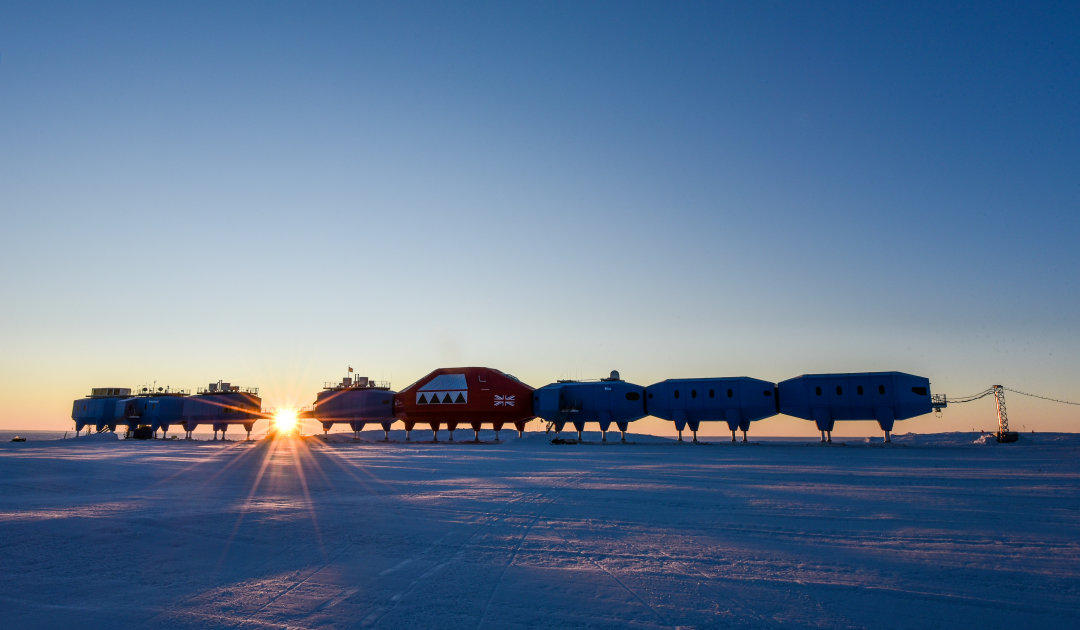
The long-awaited breakup of an iceberg on the Brunt Ice Shelf, near the British station Halley VI, has now become a reality. But not the one in the western part of the shelf, but in the northern part of the shelf. This was reported by the British Antarctic Survey less than three hours ago. This ends a nearly ten-year wait for the iceberg.
Since a new crack was discovered in the northern part of the ice shelf in November 2020, British researchers had been using GPS devices and satellites to study the region in detail. Then, in January, BAS writes, things started to move, with the crack extending northeastward at up to 1 kilometer per day. This morning (26 February 2021), the last piece has now ripped open, releasing part of the ice shelf.
The newly formed iceberg is about 1,270 kilometres in size. How it will now continue to behave cannot be definitively predicted at this time. The head of BAS, Professor Dame Jane Francis explains in the press release that the iceberg will either move away from the ice shelf or run aground close to it. The ice colossus will remain under observation.

The British station Halley VI, which is only about 23 kilometres away from the northern rift, is not affected by the calving. This year’s crew of 12 had been flown out days ago after the summer season was ended. The station latelyhad been operated only in summer, as BAS did not want to put a winter crew in danger. In 2017, the station was transported nearly 23 kilometres inland in a complex operation. This was because a north-south running crack had previously been discovered near the station. BAS operations manager Simon Garrod says the decision to move the station to its current location four years ago was the right one. This second crack could cause yet another break-off of the western part of the ice shelf. The situation is now being monitored.
Dr Michael Wenger, PolarJournal
More on the subject:





